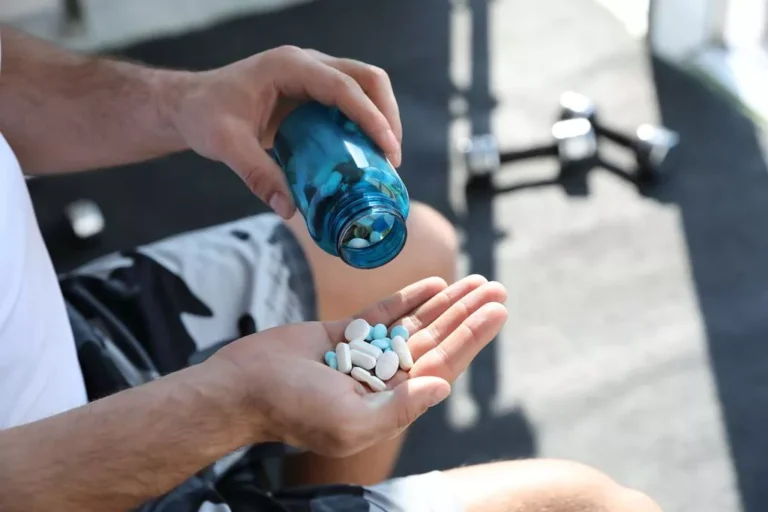Alcoholic Nose: Why It Appears & How To Treat It

While this stereotype does have some element of truth to it, there is some debate on how much alcohol actually affects the appearance of your nose. In the early stages, treatments involves medications, but in the advanced stages, it involves surgery. Not everyone with rosacea who develops thickened skin will go on to develop rhinophyma. But for people who do, having chronic infections is common, since fluids in the skin ultimately trap bacteria.

Impact on Mental Health and Self-Esteem
Case severity will depend on the individual and certain variables that exist in one’s life that have the potential to aggravate rhinophyma. Severe cases of rhinophyma can see an individual develop an extremely bulbous nose, so much that it appears to be quite disfigured. It is because of this misunderstanding of rhinophyma and the effects of alcohol that it has been given nicknames like “whiskey nose” and “drinker’s nose”.
How Alcoholic Nose Can Point to an Addiction at Hand
Fortunately, limiting alcohol consumption due to rosacea can reduce flare-ups. If you’re concerned that you or someone you know is drinking too much alcohol, Georgetown Behavioral Hospital near Cincinnati, Ohio can help. Our accredited mental health facility offers numerous therapeutic methods in an inpatient setting to address mental illness and substance abuse. Both forms of residential treatment for the signs of alcoholic nose also help create a long-term care plan to maintain sobriety.

Confidential Form

Rhinophyma can be difficult on a person’s self-esteem, as it can be difficult to hide and can inspire a lot of judgment and social stigma. Not all cases of rhinophyma are simple to recognize, as it can present differently depending on how far along the condition has progressed. Our assistance line is a complimentary service, with no charges incurred by the caller. Our primary goal is to facilitate the discovery of a Legacy Healing Center that matches your recovery aspirations. Doctors have not been able to find a foolproof way of preventing rhinophyma. However, there has been a significant shift in the way the medical field looks at and approaches rhinophyma after recent research.
Although there are no direct stem causes of alcoholism and rosacea that meet at one point, there is a connection between them. Rhinophyma may respond well to topical treatments, such as metronidazole and isotretinoin, in the early stages alcoholic nose pictures though. Few long-term studies have explored how often rhinophyma recurs after surgery, though limited research suggests that this is possible. Finally, acne rosacea advances to late-stage rosacea, and rhinophyma is an aspect of this.
What does “alcoholic nose” or rhinophyma look like?

One study found that out of 108 patients with rosacea, only 15 were noted to also have rhinophyma, almost all of whom were men. However, it is very important to note that rosacea and rhinophyma can be agitated by things other than alcohol. Stress, sleeplessness, dehydration, depression, improper diet, dry skin, and many other factors can agitate rosacea and rhinophyma. If you use rhinophyma as a starting point to monitor a close friend or loved one, you can look for agitation of their rosacea symptoms over time. The more alcohol they consume, the more aggravated their symptoms will be and the more they will spread.
- Rosacea is a skin condition that is characterized by red cheeks or red patches on the face along with visible blood vessels.
- Rhinophyma is actually a subtype of rosacea, a skin disorder that leaves the nose looking swollen, enlarged, red, bulbous, and distorted.
- The condition is seen as a deformity that can lower self-image and reduce overall confidence in those affected.
- Obviously, this can decrease a person’s quality of life and be a hindrance to daily life and chores.
- However, recent research has suggested that while alcohol worsens the symptoms of rhinophyma, it is not the primary cause.
- Rhinophyma is a treatable condition with various treatment options present at hand.
Common Triggers for Alcoholic Red Nose, or Alcoholic Nose Rhinophyma
While the previous belief was that rhinophyma was the result of alcohol consumption, there is no factual link between alcohol and rhinophyma. However, drinking alcohol and consuming caffeine can dilate blood vessels, which can aggravate existing rhinophyma. Rhinophyma is actually a subtype of rosacea, a skin disorder that leaves the nose looking swollen, enlarged, red, bulbous, and distorted.
Rhinophyma / alcoholic red nose is a severe side effect of Rosacea. That said, exceedingly few people with Rosacea develop an alcoholic nose. This chronic but treatable condition causes broken blood vessels on or near the nose, giving the red, bumpy appearance linked with an alcoholic nose. Although alcohol use does not cause rhinophyma or rosacea, it can aggravate the condition. As many as two out of three patients with rosacea experience flare-ups when they consume alcohol.
Does Alcoholic Red Nose Go Away?
An alcoholic nose, also known as a drinker’s nose, is characterized by a red, bumpy, and swollen nose. They may be able to make a diagnosis by simply asking about your medical history and performing a physical exam. A skin biopsy may occasionally be required to confirm the diagnosis, especially in rare cases where the condition doesn’t respond to treatment. Overall, rosacea is a common, chronic inflammatory skin condition.


